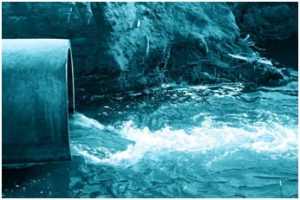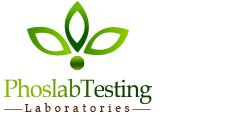 When water-soluble compounds are washed away from soil, it can leave behind non-soluble pollutants. Toxicity characteristic leaching procedure, or TCLP, is a popular and cost-effective procedure to extract these types of chemicals for testing. When done properly, TCLP allows the soil to be tested for each component from a list of 40 potentially toxic metals and compounds in a manner compliant with EPA standards.
When water-soluble compounds are washed away from soil, it can leave behind non-soluble pollutants. Toxicity characteristic leaching procedure, or TCLP, is a popular and cost-effective procedure to extract these types of chemicals for testing. When done properly, TCLP allows the soil to be tested for each component from a list of 40 potentially toxic metals and compounds in a manner compliant with EPA standards.
Federal regulations put burden of identification on waste generators
Since 1976, the United States Resource Conservation and Recovery Act (RCRA) and its standards have governed the disposal of solid and hazardous waste. Any company that handles hazardous waste – whether by generation, storage, or disposal – runs the risk of violating the RCRA. The federal environmental rules place the responsibility for identifying which waste material is hazardous on the company generating the waste. But the first step in this process is characterizing the components of the waste; this is where TCLP comes in.
Leaching is the removal of water-soluble components through a porous layer such as soil; as the liquids flow through the soil, they can dissolve soluble compounds and transport the remaining chemicals into the groundwater. The leaching procedure is replicated in a laboratory during TCLP so that the components that would be washed away into the groundwater can be analyzed for hazardous content.
TCLP process is multi-step
TCLP is one of the soil testing protocols endorsed by the EPA for testing industrial wastes.
The EPA-published protocol for TCLP of a soil sample involves:
- Separating the liquids from the solids by filtering through fiberglass
- Reducing the particle size by filtering through a 9.5mm sieve and then cutting the particles to no more than 1 cm
- Extracting solid materials through the use of an acidic solution which leaches through the solids in a similar way that water seeps through a landfill
- Separating the liquids from the solids by using a fiberglass filter and
- Analyzing the liquid components, identifying the compounds
There are other methods to extract soil components as well but TCLP is both cost-effective and precise for the purposes of determining whether waste qualifies as hazardous or non-hazardous. From there, remedial measures can be targeted to the specific environmental and health risks.
Learn more about TCLP procedure
Knowing the makeup of handled waste is especially important for companies such as hospitals, auto repair facilities, exterminators, and any large industrial facilities or refineries to avoid running afoul of federal guidelines. On a more immediate and local level, a landfill’s Environmental Compliance Supervisor may require TCLP analysis results before accepting the waste. Being sure of the contents of contaminated waste can also allow a company to choose the most cost-effective content-specific disposal option.
If you are looking for reliable TCLP testing, trust the expertise of Phoslab Environmental Services. Phoslab is a long-standing environmental services laboratory that always uses the most current technology to achieve accurate results. Located in central Florida, Phoslab has been recognized by the State of Florida Department of Health and the State Surgeon General. To learn more about TCLP and other testing services offered by Phoslab, call 863-279-4526
